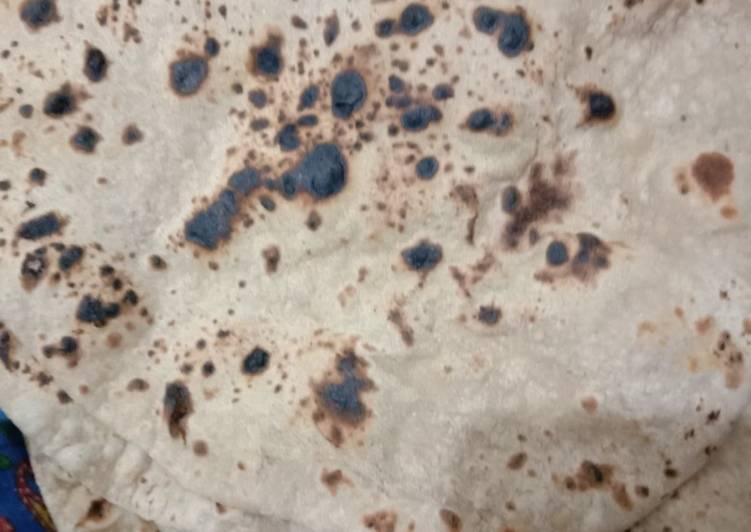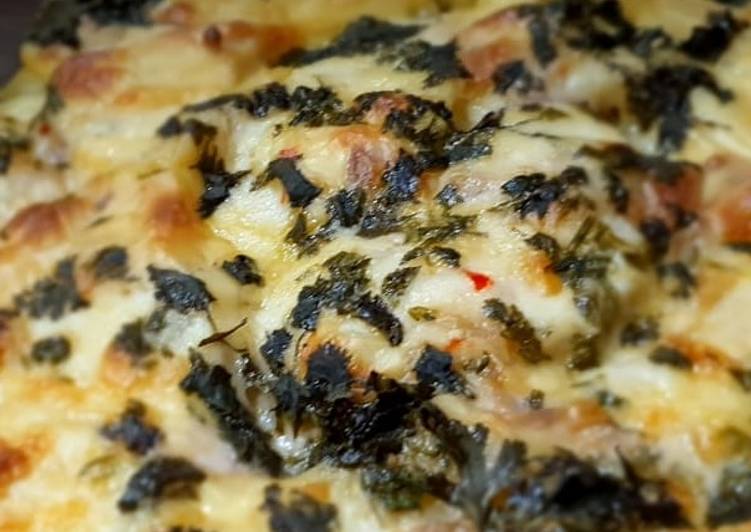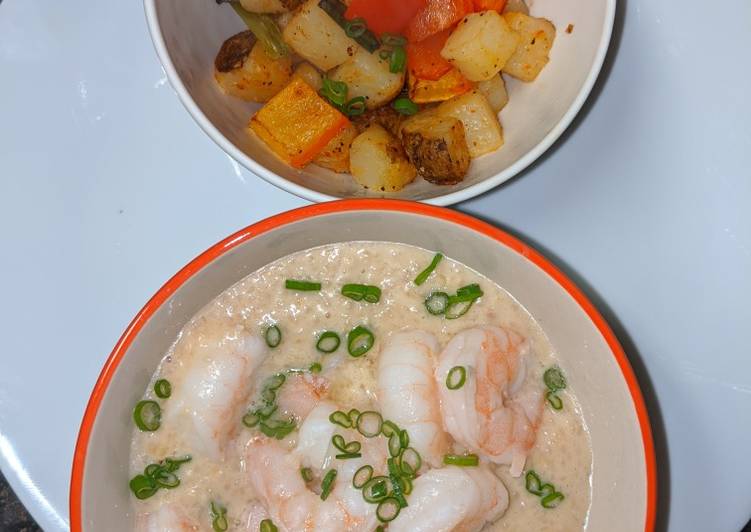
Hey everyone, I hope you’re having an amazing day today. Today, I’m gonna show you how to prepare a special dish, chapati. It is one of my favorites. For mine, I will make it a bit tasty. This is gonna smell and look delicious.
Choose from the world's largest selection of audiobooks. Check Out our Selection & Order Now. Free UK Delivery on Eligible Orders! In a large bowl, stir together the flours and salt.
Chapati is one of the most well liked of recent trending meals on earth. It’s simple, it is quick, it tastes yummy. It is enjoyed by millions every day. Chapati is something which I’ve loved my whole life. They’re fine and they look wonderful.
To begin with this particular recipe, we must first prepare a few ingredients. You can have chapati using 4 ingredients and 10 steps. Here is how you can achieve that.
The ingredients needed to make Chapati:
- Prepare 2 1/2 cup whole wheat flour
- Take water as required
- Get salt as required
- Prepare 1 tablespoon ghee
Place the chapati flour in a large bowl and mix in the salt. Using your hands, knead the dough. The Indian chapati, sometimes called a 'roti' is the purest form of bread in that it contains no yeast or additives. It is fantastic to use as a savoury accompaniment or wrap but also as a base for a [.] Chapati (alternatively spelled chapatti, chappati, chapathi, or chappathi; pronounced as IAST: capātī, capāṭī, cāpāṭi), also known as roti, safati, shabaati, phulka and (in the Maldives) roshi, is an unleavened flatbread originating from the Indian subcontinent and staple in India, Nepal, Bangladesh, Pakistan, Sri Lanka, East Africa and the Caribbean.
Instructions to make Chapati:
- To begin with, take a large-sized bowl. Put two cups of flour along with a cup of water, salt and ghee in it.
- Mix well and start kneading a dough. Make sure that the dough is not too thick nor too thin. It has to be of a soft and pliable consistency.
- Add water to get the consistency right. Keep kneading for a while.
- Now roll out few balls from the prepared dough.
- Place them on a flat surface, flatten them further with the help of a rolling pin. Keep using the flour in order to prevent the rolls from sticking to the surface.
- Once the chapatis get the perfect round shape, place a tawa on medium flame.
- Once heated enough, put the chapati on the tawa and half cook from both sides.
- Now, remove the roti from the tawa using a tong and place it directly on flame with the first side (which was little less cooked) directly on the flame. - - The roti if rolled evenly will puff up, flip with a tong to cook the other side as well.
- Check for the little brown spots. Once they start appearing, the chapati will start to puff, indicating that it's completely cooked. Once done, transfer in a kitchen towel to keep them warm. Serve along any gravy or curry of your choice.
The Indian chapati, sometimes called a 'roti' is the purest form of bread in that it contains no yeast or additives. It is fantastic to use as a savoury accompaniment or wrap but also as a base for a [.] Chapati (alternatively spelled chapatti, chappati, chapathi, or chappathi; pronounced as IAST: capātī, capāṭī, cāpāṭi), also known as roti, safati, shabaati, phulka and (in the Maldives) roshi, is an unleavened flatbread originating from the Indian subcontinent and staple in India, Nepal, Bangladesh, Pakistan, Sri Lanka, East Africa and the Caribbean. In a bowl combine flour with salt and mix. Add tepid water, a bit at a time, mixing between each addition until mixture has consistency of a soft but firm dough (not too firm, otherwise the chapatis will be tough). Tear off small pieces of dough and roll into balls with your hands, about the size of a walnut.
So that is going to wrap this up with this exceptional food chapati recipe. Thanks so much for your time. I’m sure that you will make this at home. There is gonna be more interesting food at home recipes coming up. Remember to save this page in your browser, and share it to your loved ones, colleague and friends. Thanks again for reading. Go on get cooking!

